Which materials are used in inflatable tents and how does it affect their durability and performance?
Pop up inflatable tents are typically constructed using a combination of various materials to ensure durability, stability, and overall performance. The specific materials used may vary among different brands and models, but common components include:
1.Polyester or Nylon Fabric:
Tent canopies and walls are often made from durable polyester or nylon materials. These fabrics are known for their strength, resistance to abrasion, and ability to withstand outdoor elements.
2.Polyurethane (PU) Coating:
Many inflatable tents feature a polyurethane coating on the fabric to enhance waterproofing. This coating helps prevent water from penetrating the tent, keeping the interior dry during rain.
3.Tarpaulin or Oxford Fabric for Flooring:
The tent floor is often made of robust materials like tarpaulin or Oxford fabric to provide a waterproof and puncture-resistant barrier between the occupants and the ground.
4.PVC (Polyvinyl Chloride):
Inflatable beams or tubes are typically made from PVC, a durable and flexible material that can withstand the pressure of inflation. High-quality PVC contributes to the tent’s stability and longevity.
5.TPU (Thermoplastic Polyurethane):
Some tents may use TPU instead of PVC for inflatable components. TPU is known for its strength, elasticity, and resistance to abrasion, providing a reliable alternative to PVC.
6.Polyester Mesh:
Ventilation panels and windows are often made from polyester mesh. This material allows for airflow while keeping insects out, contributing to a comfortable interior.
7.Fiberglass or Aluminum Poles:
While inflatable beams provide the main structural support, some pop-up inflatable tents may also incorporate traditional tent poles made of fiberglass or aluminum for additional stability.
The choice of materials impacts the tent’s overall weight, packability, resistance to wear and tear, and its ability to withstand adverse weather conditions. Quality construction and attention to detail in material selection contribute significantly to the tent’s durability and overall performance. Before purchasing a pop-up inflatable tent, it’s essential to consider the intended use and the environmental conditions it may encounter to ensure the chosen materials meet the specific requirements.
Can pop-up hot tents accommodate heating sources such as stoves, and what safety considerations should be kept in mind?
Yes, pop up hot tents are designed to accommodate heating sources, including stoves, to provide warmth in cold weather. However, there are essential safety considerations to keep in mind:
1.Ventilation:
Ensure proper ventilation to allow for the safe release of combustion byproducts, such as carbon monoxide. Many hot tents have built-in vents or windows that can be partially opened to facilitate airflow.
2.Stove Compatibility:
Verify that the tent is compatible with the specific stove you plan to use. Some tents come with stove jacks or built-in openings designed to safely vent the stovepipe.
3.Stove Placement:
Place the stove in a stable position, away from tent walls and flammable materials. Follow the manufacturer’s guidelines for stove placement to prevent accidents or damage to the tent.
4.Fire-resistant Mat:
Use a fire-resistant mat or stove pad underneath the stove to protect the tent floor from heat and sparks. This minimizes the risk of burns or damage to the tent fabric.
5.Clearance:
Maintain proper clearance around the stove, ensuring that it is not too close to the tent walls. This prevents direct contact between the hot stove and the tent material.
6.Supervision:
Never leave the stove unattended while it’s operating inside the tent. Regularly check the stove and ensure that it is functioning properly.
7.Fire Extinguisher:
Keep a fire extinguisher nearby in case of emergencies. Familiarize yourself with its operation and ensure it is easily accessible.
8.Follow Manufacturer Guidelines:
Adhere to the specific safety guidelines provided by both the tent and stove manufacturers. This includes recommendations for stove types, venting, and overall safety precautions.
9.Weather Considerations:
Be aware of weather conditions, especially wind. Ensure that the stove is appropriately shielded from gusts of wind to prevent accidental tip-overs.
10.Experience and Training:
If you are new to using a stove inside a tent, seek advice from experienced campers or consider professional training to ensure proper stove operation and safety precautions.
By following these safety considerations, campers can enjoy the warmth provided by stoves inside pop-up hot tents while minimizing the risks associated with heating equipment in enclosed spaces.
What features should one consider when choosing a pop-up family tent for camping?
When choosing a pop up family tent for camping, several features should be considered to ensure comfort, functionality, and overall satisfaction. Here are key features to keep in mind:
1.Size and Sleeping Capacity:
Consider the size of the tent and its sleeping capacity. Ensure it provides enough room for all family members and any additional gear.
2.Ease of Setup:
Evaluate how easy and quick it is to set up and take down the tent. Pop up tents are known for their simplicity, but some models may be easier to manage than others.
3.Durability and Weather Resistance:
Check the materials used in the tent’s construction. Look for durable, weather-resistant fabrics, and ensure the tent has a rainfly for protection during rain.
4.Ventilation:
Adequate ventilation is crucial to prevent condensation inside the tent. Look for tents with mesh windows, doors, and vents to promote airflow.
5.Privacy Features:
If privacy is a concern, consider tents with room dividers or multiple separate sleeping areas. Some tents have zippered doors and windows with mesh panels for privacy and airflow.
6.Storage Pockets and Gear Lofts:
Evaluate the availability of storage pockets and gear lofts inside the tent. These features help keep personal items organized and within reach.
7.Floor Design and Material:
Check the tent’s floor design and material. A bathtub-style floor (higher edges) can prevent water from seeping in, and a durable material contributes to longevity.
8.Portability:
Consider the weight and size of the tent when packed. If you plan on car camping, weight may be less critical, but for backpacking, a lighter and more compact tent is preferable.
9.Stability and Wind Resistance:
Look for tents with sturdy poles and a design that can withstand windy conditions. Some tents come with guy lines and stakes for added stability.
10.Price and Brand Reputation:
Set a budget for your tent and explore options within that range. Additionally, consider the reputation of the brand and read reviews from other campers for insights into the tent’s performance.
11.Seasonal Use:
Determine the tent’s suitability for different seasons. Some tents are designed for three-season use, while others may be suitable for four-season camping, providing insulation in colder conditions.
By considering these features, you can find a pop up family tent that meets the specific needs of your camping adventures and ensures a comfortable and enjoyable experience for the whole family.
How portable and easy to transport is the 10×20 pop up canopy tent, especially for events like markets, fairs, or tailgating?
A 10×20 pop up canopy tent is generally designed to be portable and easy to transport, making it a popular choice for events like markets, fairs, tailgating, and other outdoor activities. Here are some factors to consider regarding its portability:
1.Frame Material: Most pop-up canopy tents have frames made of lightweight materials such as aluminum or steel. These materials provide a good balance between strength and weight, making the tent easy to carry and transport.
2.Foldable Design: Pop-up canopy tents are designed to be collapsible and easy to set up. They typically feature a foldable accordion-style frame that allows for quick and straightforward assembly and disassembly. This makes them convenient for transport and storage.
3.Carry Bag: Many pop-up canopy tents come with a carry bag or case, providing a convenient way to transport the tent. The bag often has handles or a shoulder strap for easier carrying.
4.Size When Folded: The 10×20 size refers to the dimensions when the tent is set up. When folded, the tent becomes much more compact, fitting into the carry bag. The size when folded is an important consideration for transportation, especially if you have limited space in your vehicle.
5.Weight: While the frame is generally lightweight, the overall weight of the tent can vary depending on the materials used. Consider the weight if you need to carry the tent over longer distances or if you have to transport it by hand.
6.Ease of Assembly: Pop-up canopy tents are known for their quick and easy assembly. Look for a tent with a straightforward design and user-friendly features, as this will contribute to the overall ease of transportation.
7.Wheels and Handles: Some canopy tents come with additional features like built-in wheels on the carry bag or handles, making it even easier to transport the tent from one location to another.
Before purchasing a 10×20 pop up canopy tent, it’s advisable to check product specifications and customer reviews to ensure that it meets your criteria for portability and ease of transport. Additionally, proper care and maintenance of the tent will help ensure its longevity and continued ease of use.
What is the weight of the aluminum frame, and how does it contribute to the overall portability of the canopy?
The weight of the aluminum frame in a pop-up canopy can vary based on the specific model and design. However, aluminum is chosen for its lightweight characteristics compared to other materials like steel. Here’s how the weight of the aluminum frame contributes to the overall portability of the canopy:
Lightweight Construction: Aluminum is known for being a lightweight material while still maintaining strength and durability. The use of aluminum in the frame keeps the overall weight of the pop-up canopy manageable.
Ease of Transport: A lighter frame makes the entire canopy easier to transport, especially when carrying it to and from events, markets, fairs, or other outdoor activities. This is particularly important for individuals who may need to set up the canopy without assistance.
Quick Setup and Teardown: The lightweight nature of the aluminum frame allows for a quick and easy setup and teardown process. Users can assemble and disassemble the canopy without requiring excessive physical effort, contributing to the overall convenience of use.
Portability for Various Settings: The reduced weight makes the pop-up canopy suitable for a variety of settings, including tailgating, outdoor festivals, trade shows, and more. Users can transport the canopy in vehicles without exceeding weight limits and can carry it over short distances if necessary.
User-Friendly Design: The combination of a lightweight aluminum frame and a user-friendly design, such as a collapsible accordion-style frame, ensures that individuals with varying levels of physical strength and expertise can handle the canopy with ease.
It’s important to note that while the aluminum frame contributes to portability, other factors like the overall design, size when folded, and the presence of a carry bag also play roles in how easy the pop-up canopy is to transport. Always check the product specifications provided by the manufacturer to get specific details about the weight of the aluminum frame and how it contributes to the overall portability of the canopy model you are interested in.
The design and material of the straight legs, and how do they contribute to the stability of the 10×10 canopy?
The design and material of the pop up canopy 10×10 straight leg play a crucial role in its stability and overall structural integrity. Here’s an elaboration on these aspects:
1.Material:
The straight legs of pop-up canopies are commonly made of lightweight yet durable materials such as aluminum or steel. Aluminum is favored for its rust resistance and lightweight properties, making it easier to transport. Steel is known for its strength but can add more weight to the canopy.
2.Profile and Shape:
The straight legs are typically designed with a tubular or square profile. This design choice aims to balance strength and weight, ensuring the legs provide stability without unnecessary bulk.
3.Cross-Bracing:
Some 10×10 canopies feature cross-bracing, additional supports that connect the legs horizontally. This cross-bracing enhances the overall stability of the canopy by preventing lateral movement and swaying, especially in windy conditions.
4.Adjustable Height:
Many canopies come with adjustable leg height settings. This feature allows users to adapt the canopy to different settings and provides versatility in terms of usage. However, it’s important to secure the legs properly when adjusting to ensure stability.
5.Foot Pads and Anchors:
The bottom of the legs often includes foot pads or anchors. Foot pads provide stability on various surfaces, while anchors can be used to secure the canopy to the ground, preventing it from lifting in windy conditions.
6.Quick Release Buttons or Levers:
Pop-up canopies are designed for easy setup and takedown. Straight legs often have quick-release buttons or levers that facilitate a smooth and quick deployment. This design feature contributes to the overall user-friendly experience.
7.Material Coating:
Some canopy legs may have protective coatings or finishes to enhance their resistance to rust and corrosion. This is particularly important for outdoor use where exposure to the elements can occur.
8.Stress Points and Joints:
The design also considers stress points and joints where the legs connect to the frame. Reinforcements at these critical areas contribute to the overall durability and stability of the canopy.
Understanding the design and material of the straight legs allows users to assess the strength and stability of the 10×10 canopy, making it easier to choose a product that suits their needs, whether for events, fairs, markets, or other outdoor activities.
Securing Your Pop-Up 10×20 Canopy: A Guide to Weight Requirements
1.Introduction:
When it comes to outdoor events and activities, a pop-up 10×20 canopy provides convenient and portable shelter. However, ensuring its stability is crucial, especially when faced with varying weather conditions. One key factor in securing your canopy is the appropriate use of weights.
2.Weight Requirements:
Under normal conditions, it is recommended to use 60-80 lbs of weight per leg for a 10×20 pop-up canopy. This ensures stability and prevents the canopy from easily tipping over or being displaced by light winds. Distributing the weight evenly across all legs is essential for maintaining balance.
3.Wind Considerations:
As weather conditions can change rapidly, it’s important to be prepared for windier scenarios. When the wind picks up, the weight requirements for a 10×20 canopy increase significantly. To withstand stronger gusts, it is advised to use 150-250 lbs of weight per leg. This additional weight helps anchor the canopy securely, preventing it from becoming a potential hazard.
4.Choosing the Right Weights:
Selecting the appropriate weights is crucial for the effectiveness of your canopy’s stability. Consider using sandbags, concrete weights, or specially designed canopy weights that attach securely to the canopy legs. Ensure that the weights are durable, weather-resistant, and can be easily added or removed as needed.
5.Even Distribution:
Proper weight distribution plays a vital role in maintaining the balance and stability of your pop-up canopy. Place the weights around each leg, avoiding uneven distribution that could lead to tilting or leaning. A balanced setup enhances the overall resilience of the canopy against varying weather conditions.
6.Regular Checks:
To ensure the ongoing stability of your 10×20 canopy, it’s advisable to conduct regular checks on the weight distribution and overall condition of the canopy. Inspect the canopy frame and connections, tighten any loose parts, and confirm that the weights are securely in place. This proactive approach helps prevent potential issues before they escalate.
7.Conclusion:
Investing in a pop-up 10×20 canopy provides a versatile and convenient solution for outdoor activities. To maximize its effectiveness and ensure a safe experience, understanding and implementing the proper weight requirements is essential. Whether under normal conditions or facing gusty winds, following these guidelines for weight distribution and selection will help you enjoy the benefits of your canopy with confidence.
How can a 10×10 personalized tent be customized to suit individual preferences or branding needs?
Customizing a personalized tent 10×10 offers a great opportunity to align the structure with individual preferences or branding needs. Here are several ways in which these tents can be customized:
1.Graphics and Branding:
Incorporate company logos, slogans, and brand colors onto the tent fabric. High-quality printing allows for clear and vibrant representation of brand elements.
2.Full or Partial Printing:
Choose whether to cover the entire tent with branding or opt for partial printing, depending on the desired visual impact and budget considerations.
3.Custom Color Options:
Select specific colors for the tent fabric and frame that resonate with the brand identity. This allows for a cohesive and eye-catching appearance.
4.Customized Canopy Shape:
Explore unique canopy shapes or designs that go beyond the standard square or rectangle. This can add an extra level of visual interest and uniqueness to the tent.
5.Personalized Sidewalls:
Customize sidewalls with additional branding, images, or messaging. Sidewalls offer additional space for promotional content and can enhance privacy or protection from the elements.
6.High-Quality Materials:
Choose durable and high-quality materials for both the fabric and frame to ensure longevity and withstand various weather conditions.
7.Lighting and Accessories:
Enhance the tent’s visual appeal with custom lighting options. Additionally, consider adding accessories such as banners, flags, or signage to complement the overall design.
8.Modular Design:
Opt for a modular tent design that allows for flexibility in terms of size and configuration. This can be particularly useful for adapting the tent to different event spaces and layouts.
9.Branded Flooring:
Consider adding customized flooring with the company logo or specific patterns. This not only contributes to the overall aesthetics but also provides a professional touch.
10.Promotional Attachments:
Attach promotional elements such as brochure holders, product display areas, or branded counters to maximize the tent’s functionality while showcasing the brand.
By combining these customization options, individuals or businesses can create a personalized tent 10×10 that not only meets practical needs but also serves as a powerful branding tool during various events and occasions.
How can personalized tailgate tents be customized to reflect the unique style and preferences of individuals or groups?
Personalized tailgate tents can be uniquely customized to reflect the style and preferences of individuals or groups through a variety of design options and features. Here are several ways to achieve a personalized touch:
1.Graphics and Branding:
Incorporate personalized graphics, logos, team mascots, or group emblems on the tent fabric. Choose vibrant colors that resonate with the individual or group’s identity.
2.Custom Printing:
Opt for high-quality custom printing that allows for intricate designs and details. This could include personalized messages, images, or specific themes that represent the tailgater’s preferences.
3.Color Customization:
Choose specific colors for the tent fabric, frame, and accents to align with the individual or group’s preferred color scheme. This creates a cohesive and visually appealing overall look.
4.Tailor the Size and Layout:
Select the appropriate size and layout of the tent based on the group’s needs. Some tailgate tents come in various dimensions, allowing tailgaters to find the perfect fit for their setup.
5.Unique Canopy Shapes:
Explore unique canopy shapes or design elements that go beyond the standard square or rectangle. This can add an extra layer of individuality to the tailgate tent.
6.Personalized Sidewalls:
Customize sidewalls with additional branding, images, or messaging. This provides additional space for personalization and allows for privacy or protection from the elements.
7.Special Features and Accessories:
Add personalized features such as built-in seating, custom storage solutions, or special compartments for tailgating essentials. These features can enhance both functionality and personalization.
8.Branded Flooring:
Consider adding customized flooring with logos or specific patterns that match the overall design. This not only adds to the aesthetics but also contributes to a more cohesive tailgating space.
9.Unique Attachments:
Incorporate unique attachments like flags, banners, or signs that further reflect the individual or group’s interests, affiliations, or celebrations.
10.Collaborative Designs:
For group events, involve all members in the design process to create a collaborative and inclusive tailgate tent that represents the collective preferences and style of the entire group.
By combining these customization options, personalized tailgate tents can become a standout feature at any tailgating event, showcasing the unique style and identity of the individuals or groups using them.
Can pop up canopies accommodate personalized graphics and branding, and what printing options are available for clear and vibrant customization?
pop-up canopies are designed to accommodate personalized graphics and branding, providing an excellent opportunity for clear and vibrant customization. Here are details on how this customization can be achieved:
1.Canopy Material:
Pop-up canopies typically have canopies made of durable polyester or other high-quality materials. These materials are suitable for custom printing, allowing for vibrant graphics and clear branding.
2.Digital Printing:
Digital printing is a common and effective method for personalizing pop-up canopies. This technique enables the reproduction of detailed and colorful graphics directly onto the canopy fabric.
3.Sublimation Printing:
Sublimation printing involves transferring dye onto the canopy material using heat. This method produces high-quality, fade-resistant prints with vivid colors, making it suitable for personalized branding.
4.UV Printing:
UV printing technology is used to create vibrant and durable prints on pop-up canopies. It ensures that the graphics are resistant to fading even when exposed to sunlight over extended periods.
5.Silk Screen Printing:
Silk screen printing is a traditional method that involves pushing ink through a mesh screen onto the canopy fabric. While suitable for simple designs, it may not be as detailed as digital or sublimation printing.
6.Full-Color Printing:
Many manufacturers offer full-color printing options for pop-up canopies, allowing for a wide range of colors and intricate designs to be accurately reproduced.
7.Custom Branding:
Pop-up canopies can be customized with logos, text, images, and other branding elements to create a personalized and professional appearance that aligns with the user’s or company’s identity.
8.Double-Sided Printing:
Some pop-up canopies allow for double-sided printing, providing visibility from multiple angles and maximizing brand exposure at events.
9.Customizable Sidewalls:
In addition to the canopy, sidewalls can also be customized with graphics and branding. This offers additional space for promotional content and enhances the overall visibility of the personalized canopy.
10.Weather-Resistant Printing:
High-quality printing methods ensure that the graphics remain vibrant and clear, even when the canopy is exposed to various weather conditions such as rain, sunlight, or wind.
When considering personalized pop-up canopies, individuals or businesses can choose from these printing options based on their specific design preferences, durability requirements, and budget considerations to create a visually appealing and effective promotional tool.




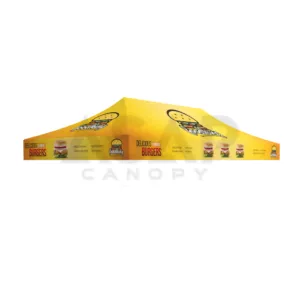
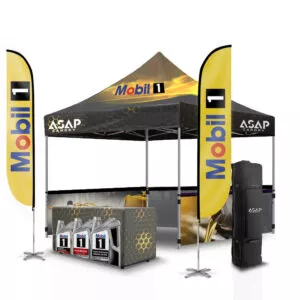


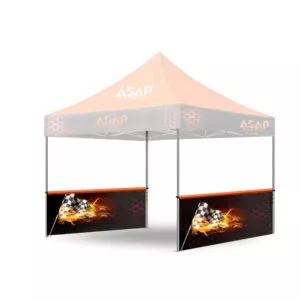
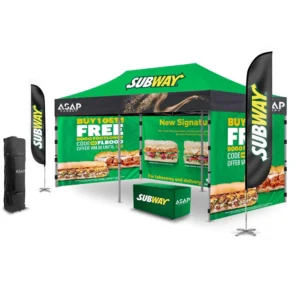

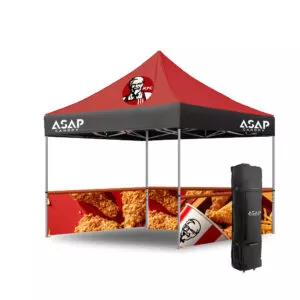
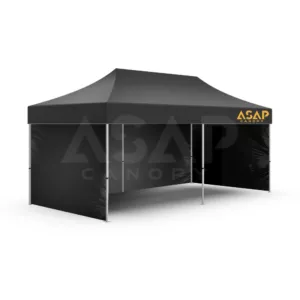



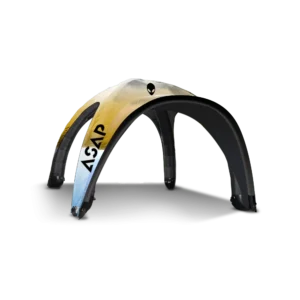

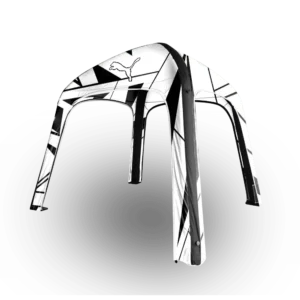



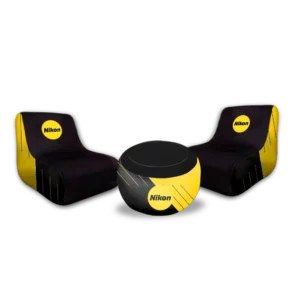




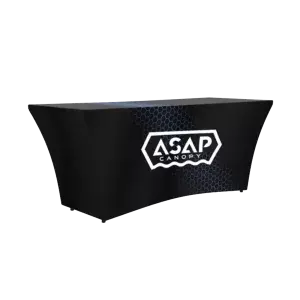

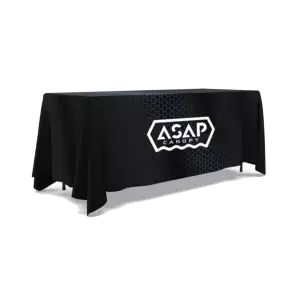





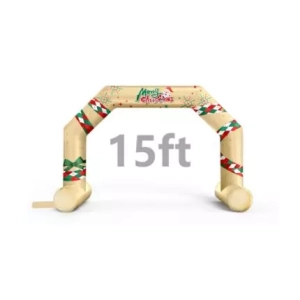





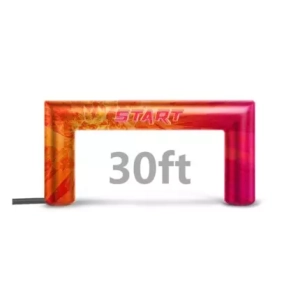





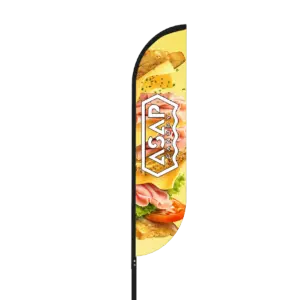


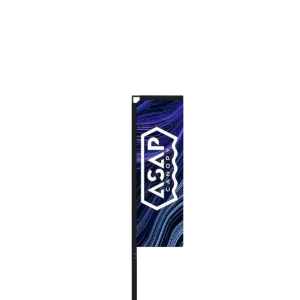

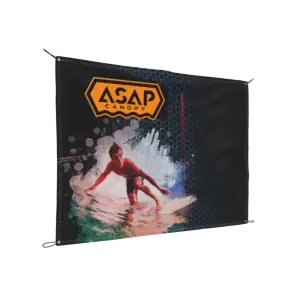
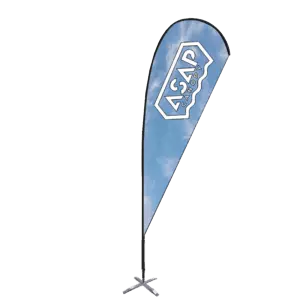

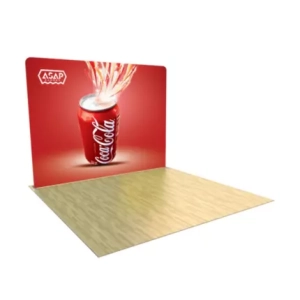

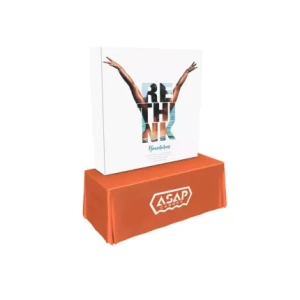
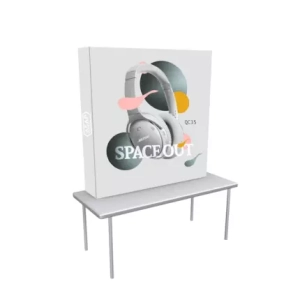
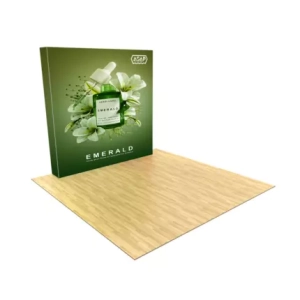


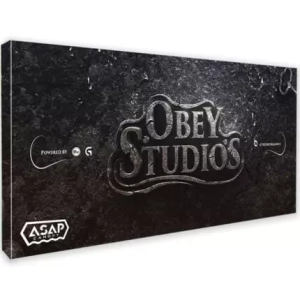
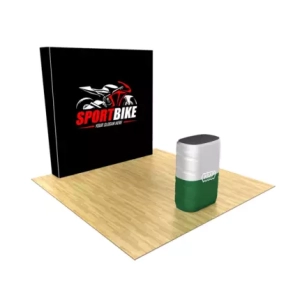



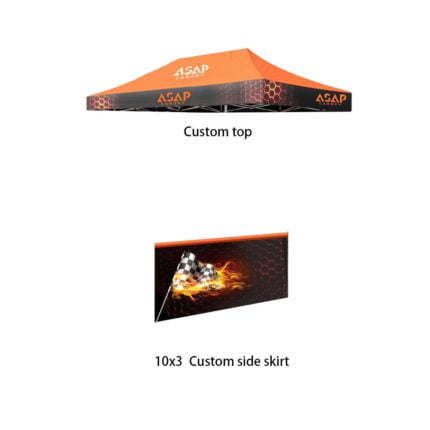

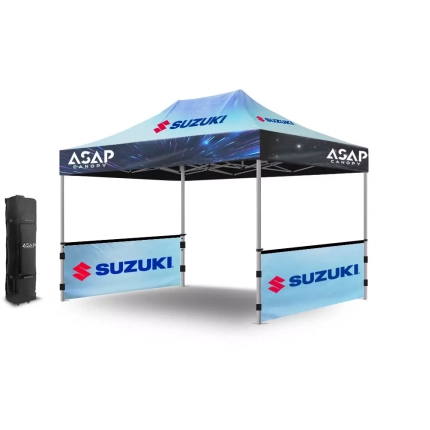
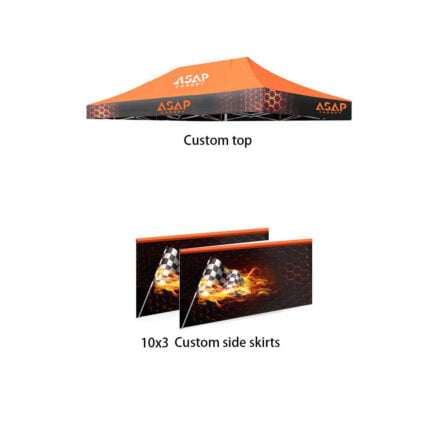
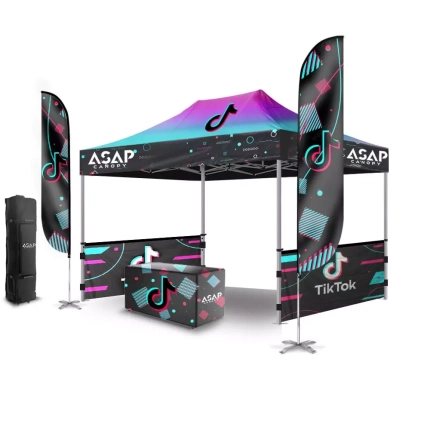








 5×5 Pop Up Tent
5×5 Pop Up Tent 6.5×6.5 Pop Up Tent
6.5×6.5 Pop Up Tent 10×10 Canopy Tent
10×10 Canopy Tent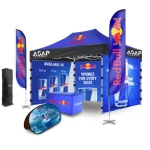 10×15 Canopy Tent
10×15 Canopy Tent 10×20 Canopy Tent
10×20 Canopy Tent Canopy Options
Canopy Options Blank Canopy Top
Blank Canopy Top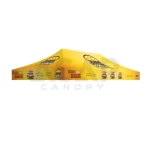 Canopy Top
Canopy Top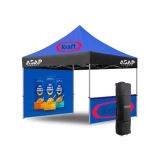 Canopy Walls
Canopy Walls Canopy Side Skirt
Canopy Side Skirt Blank Canopy
Blank Canopy Blank Canopy Kit
Blank Canopy Kit
 Inflatable Canopy Tents 10×10
Inflatable Canopy Tents 10×10 Inflatable Canopy Tents 13×13
Inflatable Canopy Tents 13×13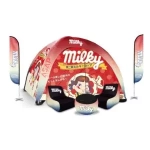 Inflatable Canopy Tents 16×16
Inflatable Canopy Tents 16×16 Inflatable Canopy Tents 20×20
Inflatable Canopy Tents 20×20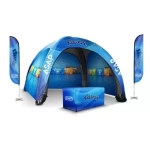 Inflatable Canopy Tents 23×23
Inflatable Canopy Tents 23×23 Inflatable Canopy Tents 26×26
Inflatable Canopy Tents 26×26 Inflatable Spider Tents
Inflatable Spider Tents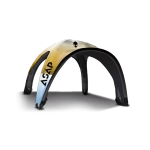 Inflatable Dome Tents
Inflatable Dome Tents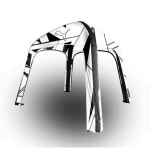 Inflatable Eclipse Tents
Inflatable Eclipse Tents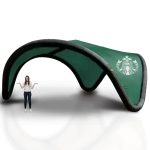 Inflatable Party Tent
Inflatable Party Tent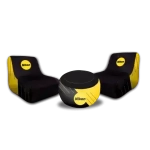 Inflatable Furniture
Inflatable Furniture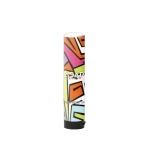 Inflatable Pillar
Inflatable Pillar
 Single Pole Star Tents
Single Pole Star Tents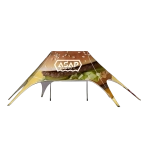 Double Pole Star Tents
Double Pole Star Tents
 15FT Inflatable Arches
15FT Inflatable Arches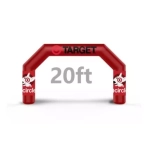 20FT Inflatable Arches
20FT Inflatable Arches 25FT Inflatable Arches
25FT Inflatable Arches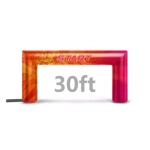 30FT Inflatable Arches
30FT Inflatable Arches 40FT Inflatable Arches
40FT Inflatable Arches 50FT Inflatable Arches
50FT Inflatable Arches Custom Constant Arches
Custom Constant Arches Custom Sealed Arches
Custom Sealed Arches
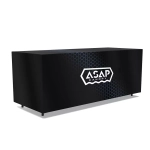 Fitted Table Covers
Fitted Table Covers Stretch-Fit Table Covers
Stretch-Fit Table Covers Loose Table Throws
Loose Table Throws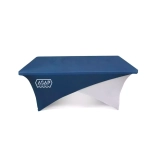 Cross-Over Stretch-Fit Table Cover
Cross-Over Stretch-Fit Table Cover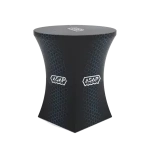 Round Stretch-Fit Table Cover
Round Stretch-Fit Table Cover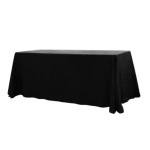 Blank Table Throws
Blank Table Throws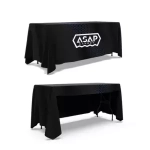 3-Sided Loose Table Throw
3-Sided Loose Table Throw Round Fitted Table Covers
Round Fitted Table Covers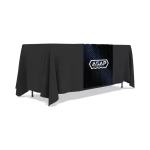 Table Runners
Table Runners Square Table Covers
Square Table Covers
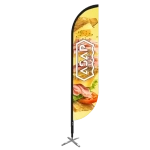 Feather Flags
Feather Flags Blade Flags
Blade Flags Feather Banner
Feather Banner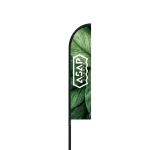 Blade Banner
Blade Banner Teardrop Flags
Teardrop Flags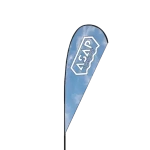 Teardrop Banner
Teardrop Banner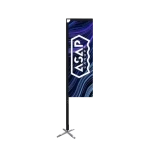 Rectangle Flags
Rectangle Flags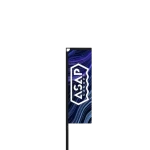 Rectangle Banner
Rectangle Banner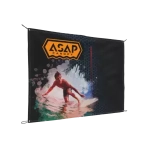 Mesh Event Banners
Mesh Event Banners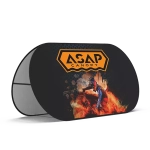 Pop Out Banner Horizontal
Pop Out Banner Horizontal Pop-Out Banner Vertical
Pop-Out Banner Vertical
 Trade Show Display
Trade Show Display Trade Show Display Kit
Trade Show Display Kit Pop Up Trade Show Display
Pop Up Trade Show Display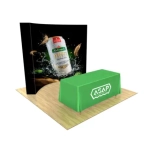 Pop Up Trade Show Display Deluxe Kit
Pop Up Trade Show Display Deluxe Kit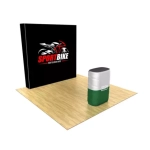 Pop Up Trade Show Display Kit
Pop Up Trade Show Display Kit TableTop Displays Kit
TableTop Displays Kit Pop Up Tabletop Display Kit
Pop Up Tabletop Display Kit Pop Up Tabletop Display
Pop Up Tabletop Display Tabletop Display
Tabletop Display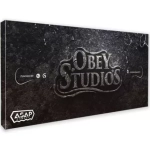 Straight Trade Show Exhibit Booth
Straight Trade Show Exhibit Booth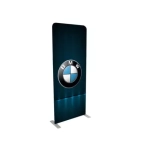 Banner Stand
Banner Stand
 Tent Accessories
Tent Accessories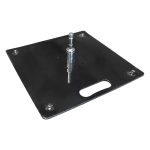 Flag Accessories
Flag Accessories Arch Accessories
Arch Accessories Trade Show Accessories
Trade Show Accessories
